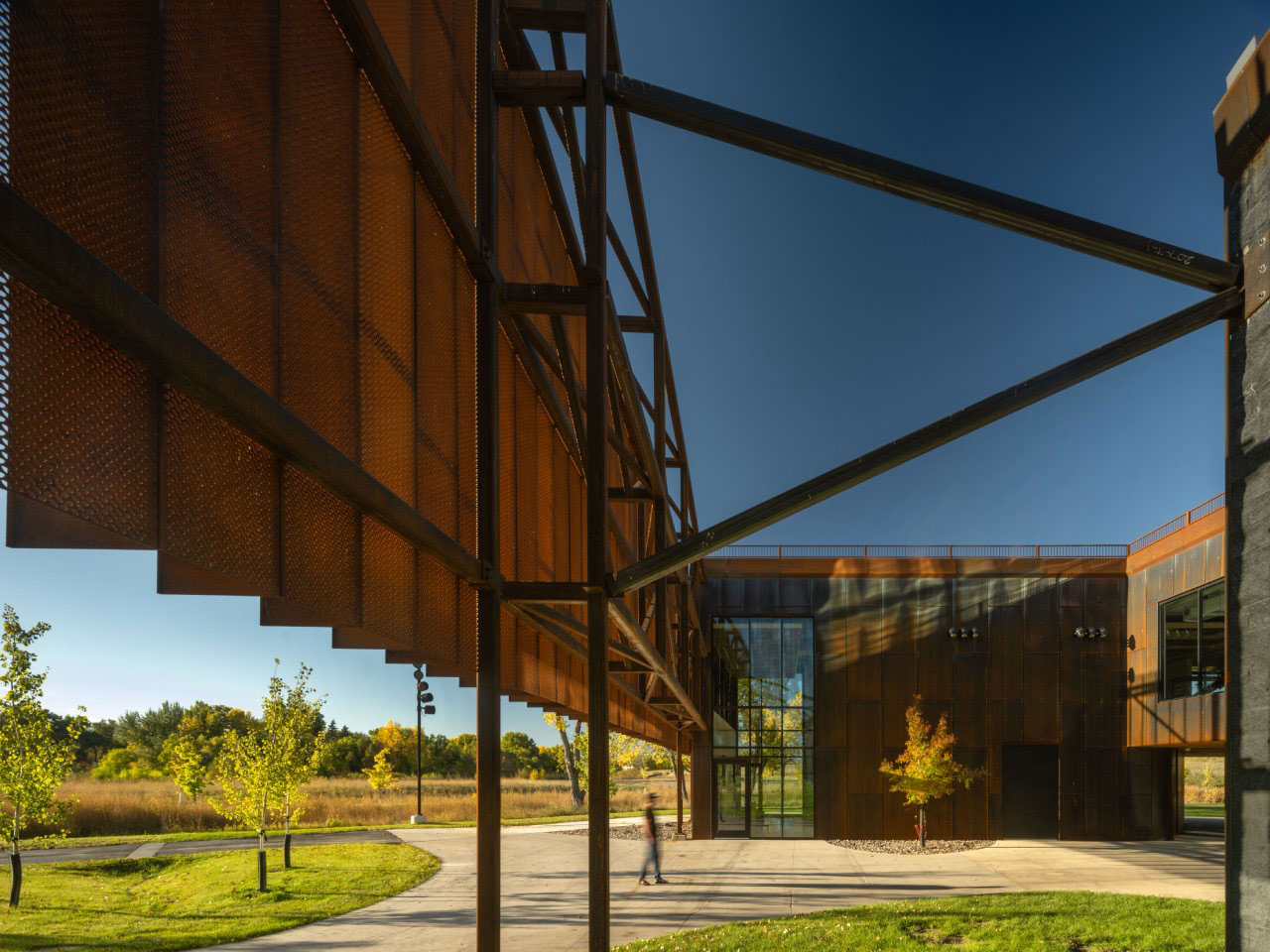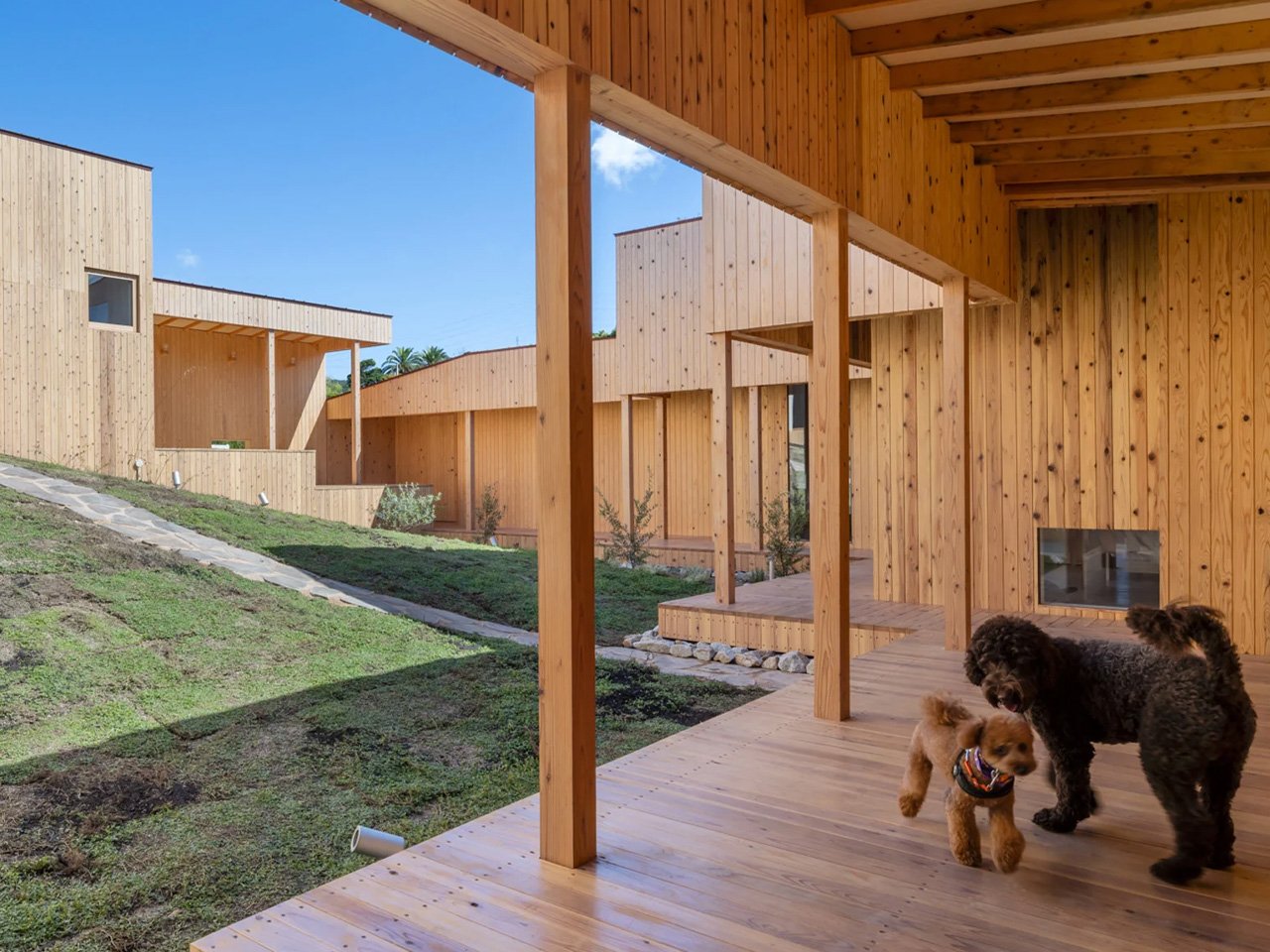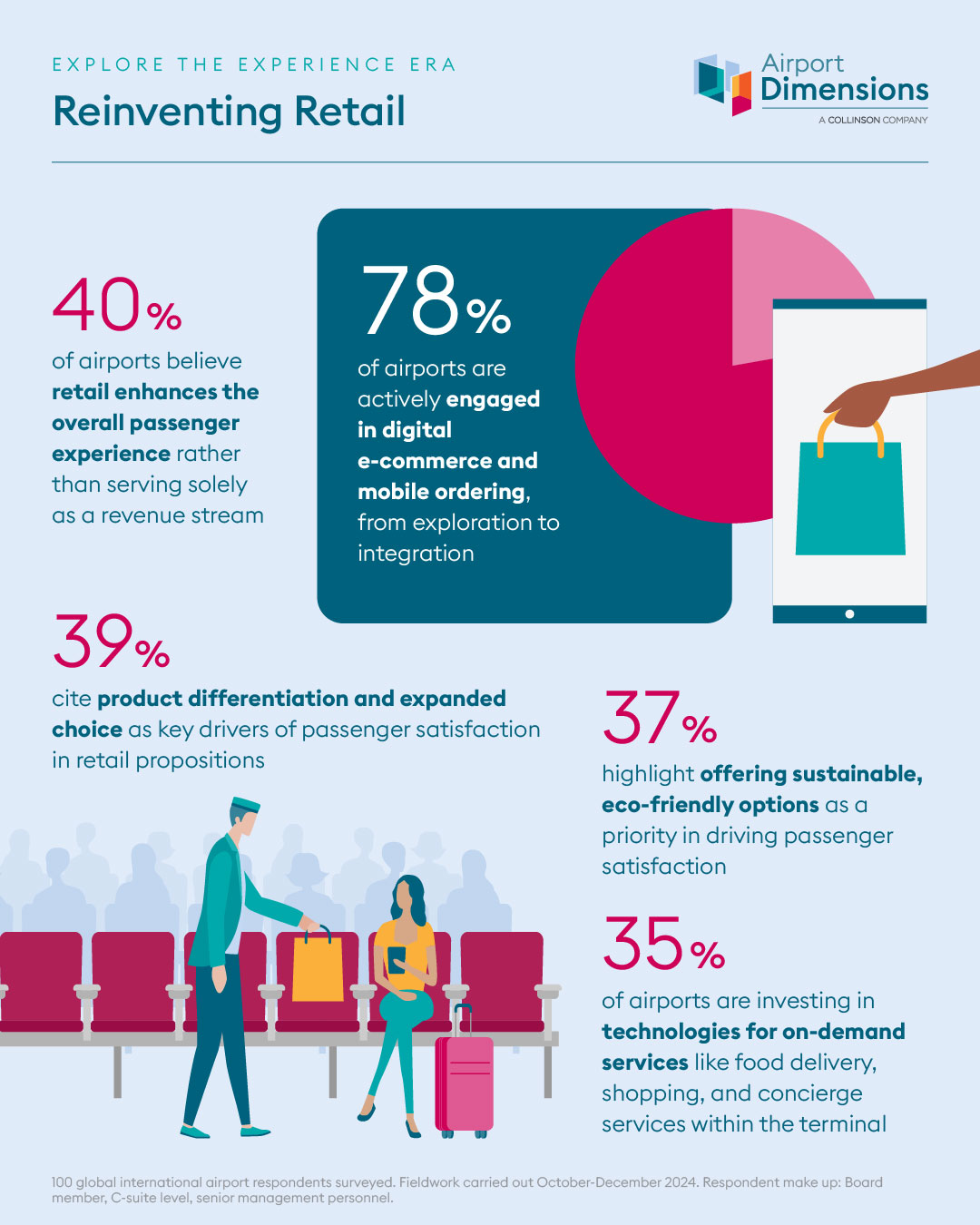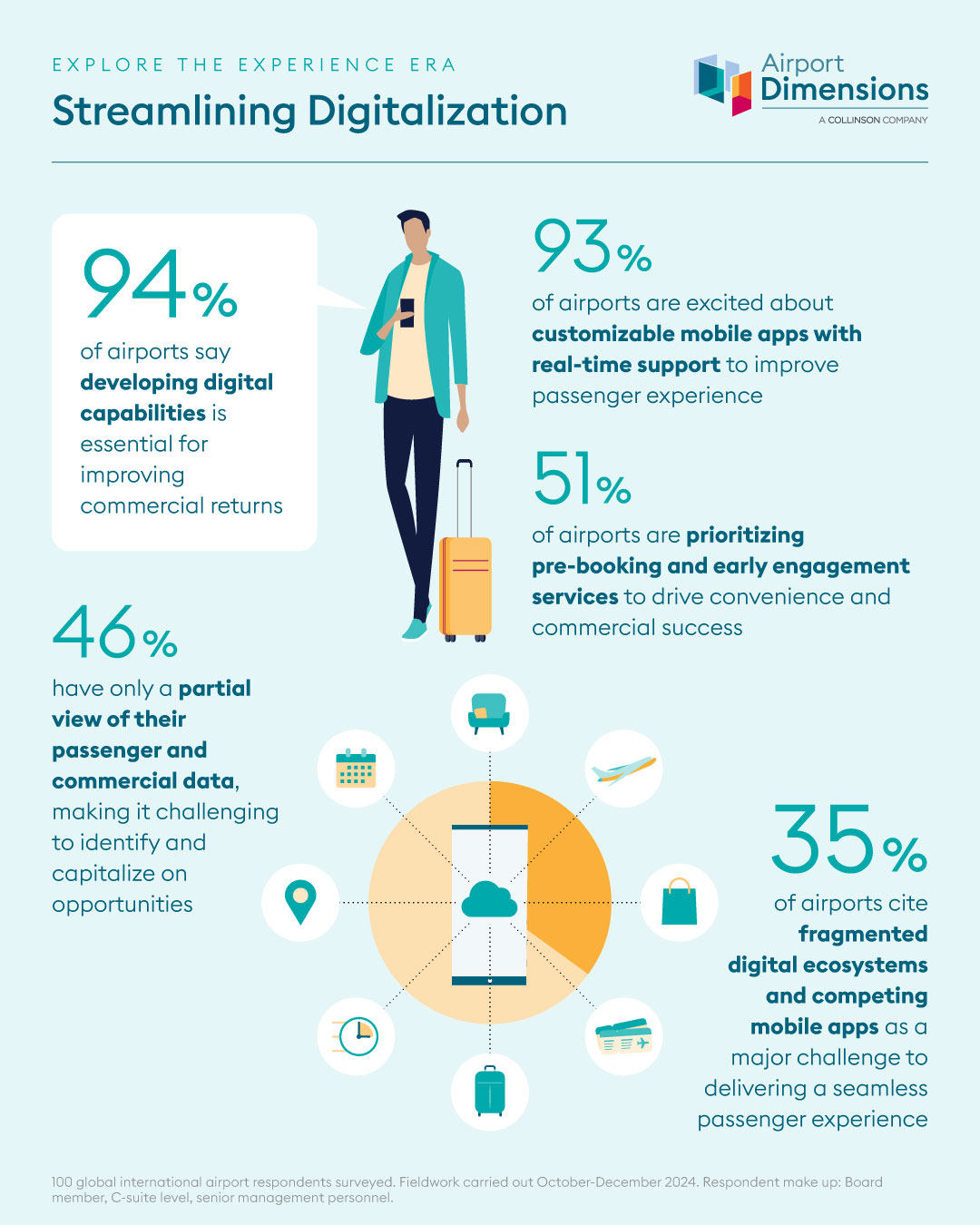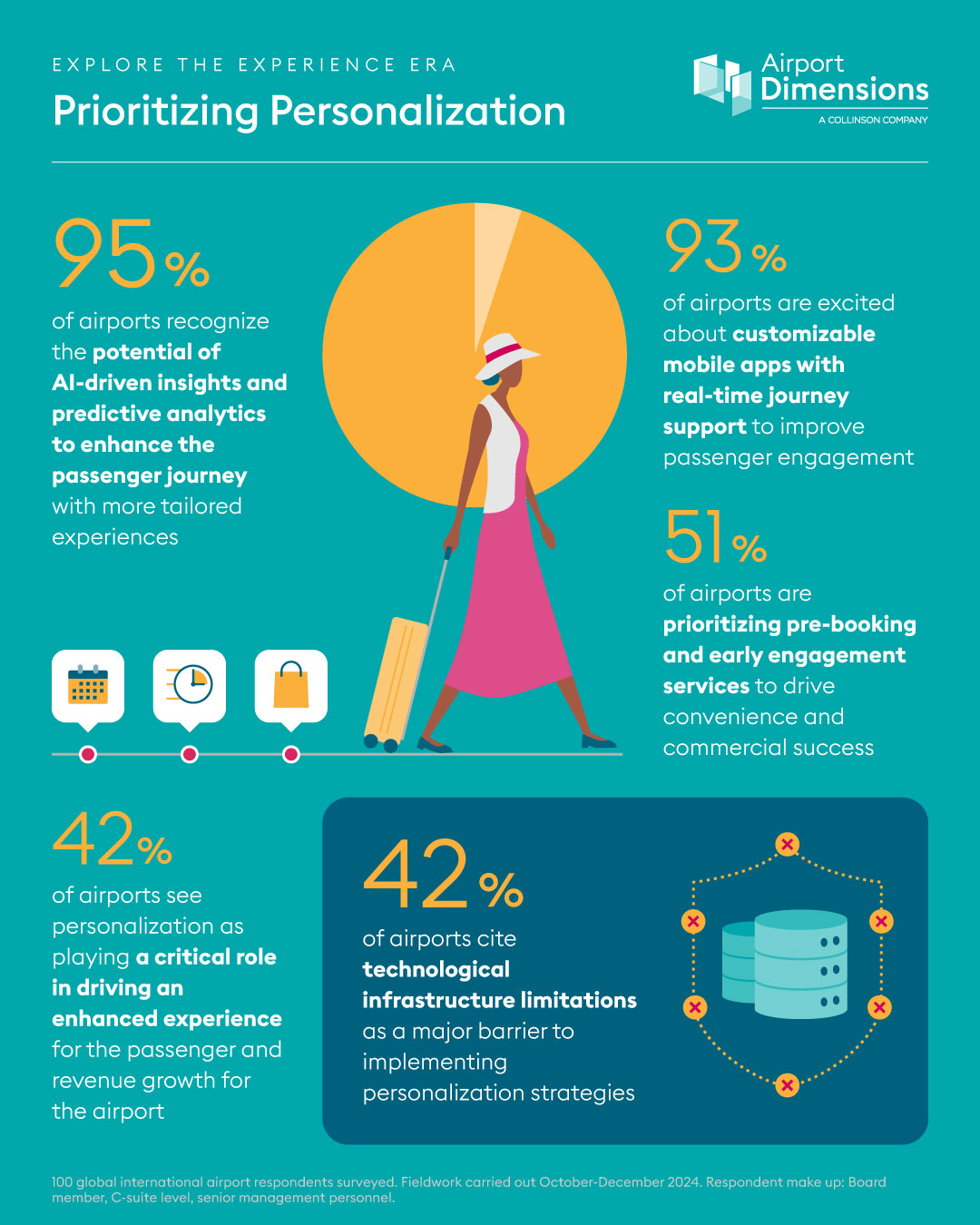‘Explore the Experience Era’ – Airport Dimensions releases study on key traveller dynamics of the future
Airport Dimensions has launched a new study on the dynamics that will drive the future traveller experience at airports.
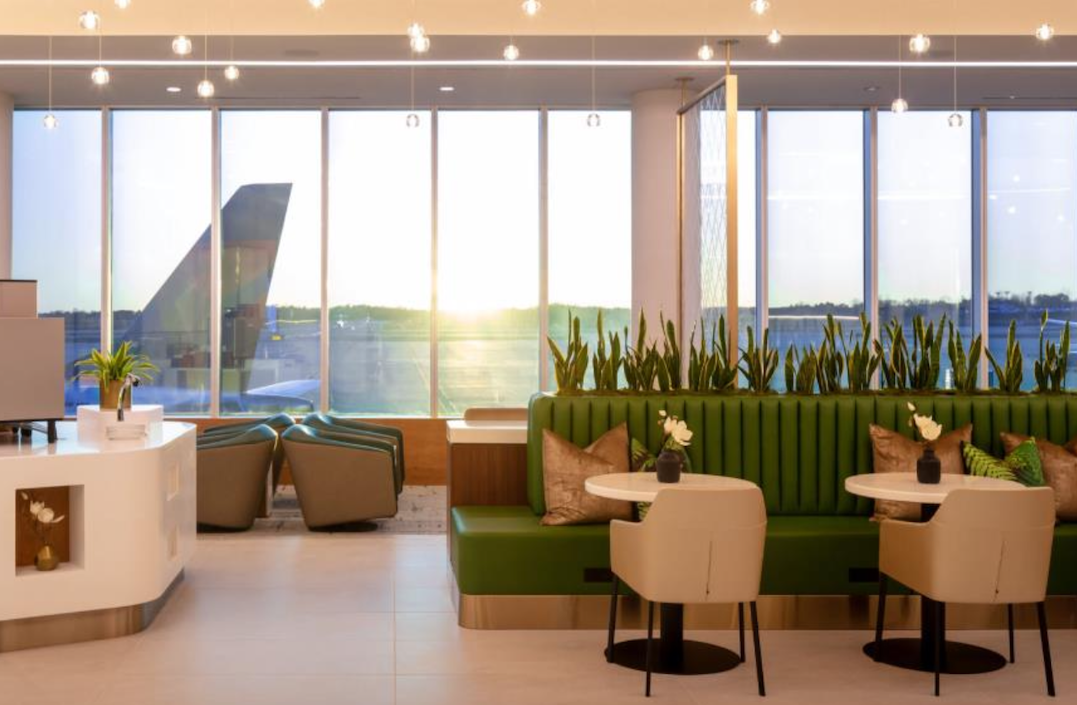
INTERNATIONAL. Airport Dimensions, a global specialist in developing and operating airport experiences, has launched a new study on the dynamics that will drive the future traveller experience at airports.
Titled ‘Explore the Experience Era’, the research highlights the opportunities for airports to evolve into “experience-centric hubs”, prioritising flexible spaces, digital innovation and personalised services.
For the study, Airport Dimensions interviewed C-suite and other senior executives at airports worldwide. A key finding was that lack of space and variable retail revenues are hitting profits and compromising passenger satisfaction. Of the 100 executives interviewed, 82% reported that their airport terminals required significant or moderate improvement.
Some 94% of airports said developing digital capabilities is ‘absolutely essential’ or ‘important’ to improving commercial returns, with 95% exploring the use of AI to enhance passenger journeys. However, 38% said they face setbacks due to outdated digital infrastructure and fragmented technology adoption.
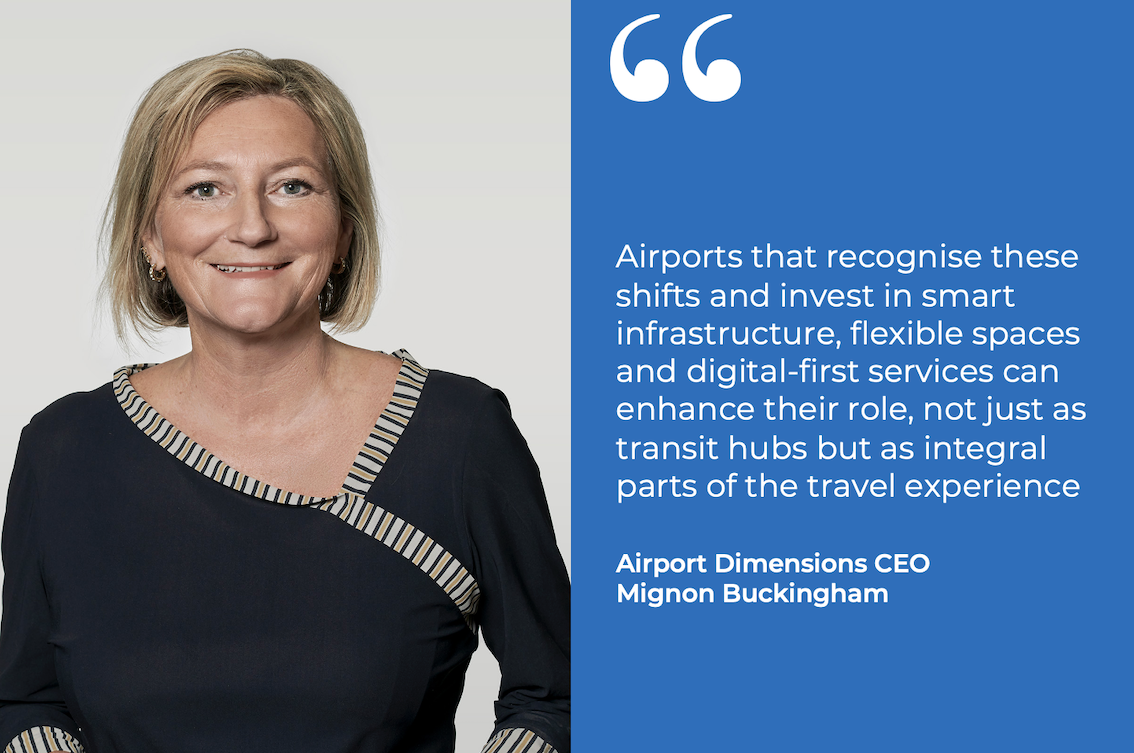
The research identifies four priority areas under the following headings: Overcoming the Space Squeeze, Prioritising Personalisation, Streamlining Digitalisation and Reinventing Retail.
Overcoming the Space Squeeze
Airports recognise the need to optimise their spaces to accommodate shifting demands, noted the report. ‘Explore the Experience Era’ research found that 82% of airports acknowledge the importance of optimising terminal space. Progress is already underway, as 40% of airports are investigating flexible, modular spaces to better serve travellers. By creating adaptable environments, airports can more effectively respond to fluctuating passenger volumes and concession needs, said Airport Dimensions.
Efficiency and comfort remain priority areas while airports are striving to reduce congestion. To support smoother passenger flows, 44% of airports are considering implementing targeted zoning strategies as the most viable solution, while 43% are focusing on enhancing waiting areas with additional seating and amenities to better accommodate passengers during peak times.
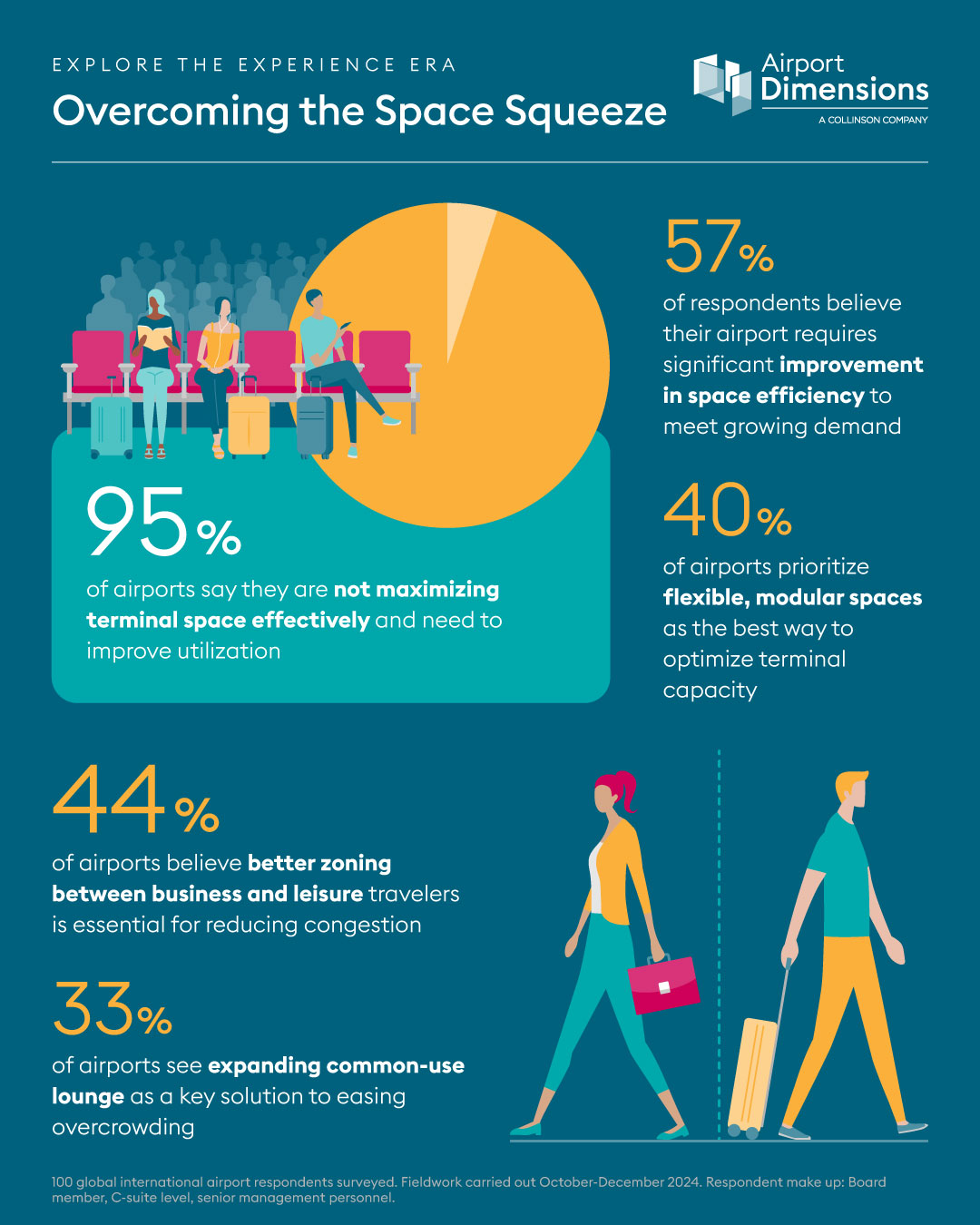
Smaller airports face challenges in keeping pace with larger international hubs. While flexible, modular spaces are a priority for 40% of airports, resource constraints can make implementation more complex. As demand for premium lounges grows – 33% of airports are seeking to introduce more common-use lounges – smaller airports are exploring ways to remain competitive amid the evolving landscape.
Digital innovation is emerging as a key differentiator. With 94% of airports recognising its potential for improving commercial returns and growt investment in technology can help airports of all sizes enhance the passenger experience and remain competitive with major hubs that are already leading the way in innovation.
To create future-ready travel experiences, continuous investment in innovation will be essential, said the report.
Reinventing Retail
Travellers are increasingly seeking curated, engaging retail experiences, the study highlighted, while expectations of retail are shifting. Some 44% of respondents ranked convenience as the top factor influencing passenger satisfaction. 39% cited product differentiation, while 37% emphasised sustainable options as key elements of an improved retail offering.
32% of airports are now focusing on exclusive, locally-sourced products. Next generation airport retail strategies are likely to go beyond transactional sales and instead focus on delivering curated, immersive experiences that align with passenger preferences, noted Airport Dimensions.
The future of retail in airports is evolving toward spaces that integrate shopping, dining, wellness, and entertainment, found the research, with many forward-thinking airports exploring hybrid experiences designed to enhance dwell time and create more engaging environments.
With 62% of airports highlighting digital capabilities as important for commercial success, digitalisation – through personalised offers, mobile ordering, and seamless omnichannel experiences – is playing an increasing role in modernising airport retail, said the study.
Streamlining Digitalisation
With 94% of airports confirming that digital capabilities are ‘absolutely essential’ or ‘important’ for improving commercial returns, exploring and deploying emerging technologies is essential for commercial success, the research found
Airports are actively exploring emerging technologies, with 92% expressing excitement about the potential of biometric security, 95% highlighting AI-powered journey personalisation as transformative, and 42% increasing investment in self-service innovations such as automated check-in and baggage drop.
Mobile apps providing real-time journey updates are a big focus, with 93% of airports expressing strong interest in customisable solutions. However, achieving a seamless passenger experience remains a challenge, as 38% of respondents identified fragmented digital ecosystems – particularly multiple competing apps – as a major obstacle to improving digital services.
The lack of a single integrated platform creates confusion for passengers, dilutes engagement opportunities and can prevent airports from delivering a streamlined, personalised journey. Without cohesive digital strategies, airports risk frustrating passengers rather than enhancing their experience. Some 47% of respondents said that in ten years’ time, an app that streamlines and supports the end-to-end journey across the airport respondents will be key.
The push towards seamless, integrated experiences continues to gain momentum. Airports are interested in engaging passengers earlier in their journey, with 51% expressing excitement about the ability to offer pre-booking options and early engagement services.
By consolidating digital touchpoints and leveraging AI-driven personalisation, airports can bridge the gap between technology investment and enhanced passenger satisfaction, ensuring a more intuitive and engaging experience for the next generation of travellers, said Airport Dimensions.
Prioritising Personalisation
Personalisation is shaping the future of airport experiences, with airports playing an important role in driving this innovation. ‘Explore the Experience Era’ research shows that 95% of airports recognise the potential of AI-driven insights and predictive analytics to enhance the passenger journey with more tailored experiences.
As travellers increasingly seek seamless, efficient and customised interactions, many airports are exploring AI-driven personalisation across retail, food & beverage and passenger engagement to meet these evolving expectations.
Th study also highlighted challenges that remain. While passenger demand for personalisation is clear, 42% of airports identify technological limitations as a key hurdle, and 41% expressed concerns about passenger data privacy.
Airports are also balancing personalisation efforts alongside competition with airlines and concessions. While a small percentage (5%) of airports see personalisation as having a limited role, the vast majority (95%) view it as a valuable component of the passenger experience.
As the industry continues to evolve, personalisation strategies will play an important role in shaping more engaging, efficient and commercially viable passenger experiences. Strengthening digital infrastructures and data capabilities can help airports enhance traveler satisfaction, increase dwell time, and build long-term loyalty, noted the research.
Airport Dimensions CEO Mignon Buckingham said: “Airports are adapting their strategies to stay competitive in today’s evolving travel landscape. Passengers increasingly seek more than just transactional experiences – they appreciate seamless, personalised journeys enriched by technology, comfort, and a strong sense of place.
“Airports that recognise these shifts and invest in smart infrastructure, flexible spaces, and digital-first services can enhance their role, not just as transit hubs but as integral parts of the overall travel experience.”
She added: “The opportunity is especially significant for smaller airports, which face the challenge of keeping pace with larger, innovation-driven hubs. While the landscape is changing rapidly, airports that embrace new approaches have the potential to drive greater passenger engagement, diversify revenue streams and foster long-term loyalty through memorable, experience-led offerings. Airport Dimensions is committed to partnering with airports globally to support them in navigating this transformation and unlocking new opportunities.”
The ‘Explore the Experience Era’ research “underscores that airports are evolving from traditional transit hubs into dynamic, experience-driven ecosystems” according to Airport Dimensions.
“Success will be aided by strategic investments in flexible space solutions, cutting-edge digital infrastructure and innovative retail and personalisation initiatives. These advancements will not only enhance passenger satisfaction but also unlock significant new revenue streams. Airports that lead in implementing these changes will strengthen their market position, build long-term traveller loyalty, and drive sustained commercial growth in an increasingly competitive global landscape.”
*Airport Dimensions has collaborated with The Moodie Davitt Report to create a podcast & video series under the ‘Explore the Experience Era’ title, with episode one appearing shortly. 





























































































![‘Five Nights At Freddy’s 2’ Teaser Revealed & ‘How To Train Your Dragon 2’ Announced For 2027 [CinemaCon]](https://cdn.theplaylist.net/wp-content/uploads/2025/04/02205821/Screenshot-2025-04-02-at-8.57.40-PM.jpg)
![Benecio Del Toro Runs ‘The Phoenician Scheme’ & Emma Stone Gets Shaved In ‘Bugonia’ For Focus Features [CinemaCon]](https://cdn.theplaylist.net/wp-content/uploads/2025/04/02214210/EmmaStoneOscars2025.jpg)



































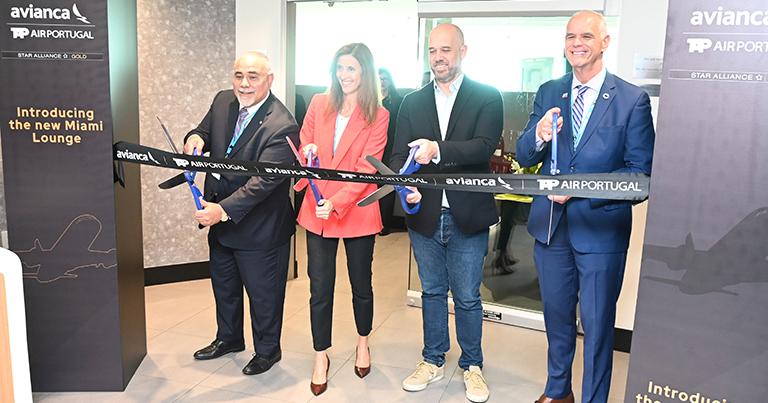

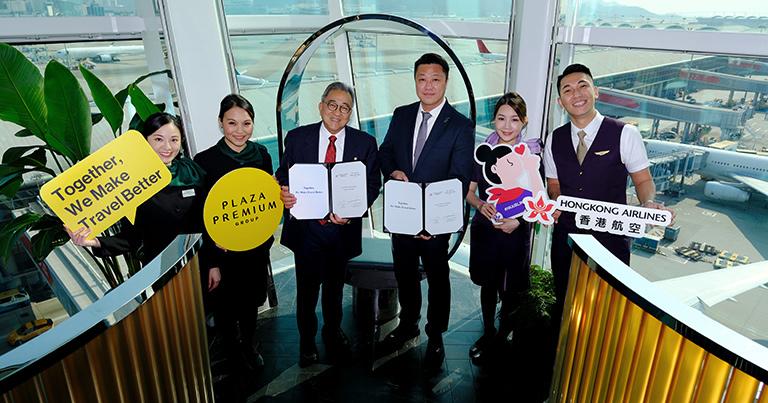






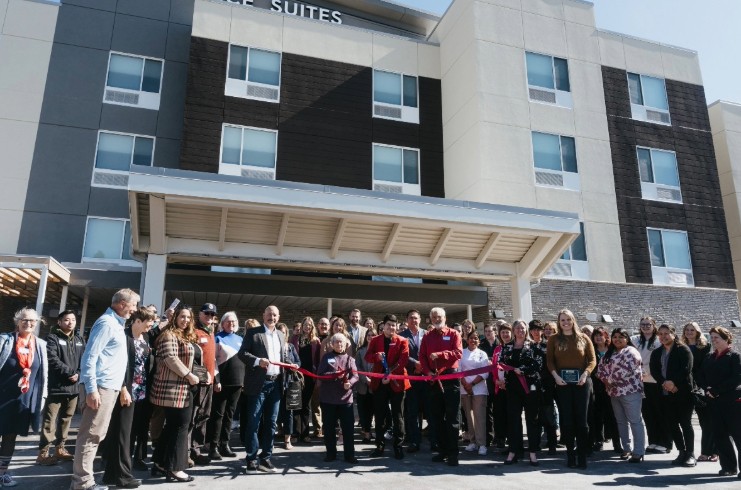











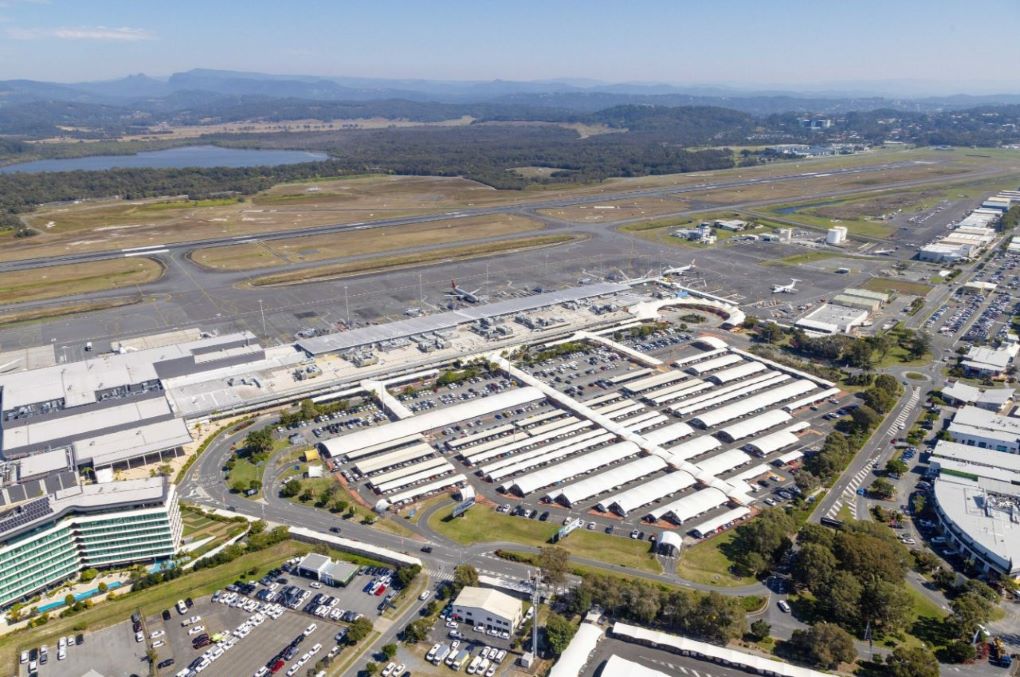







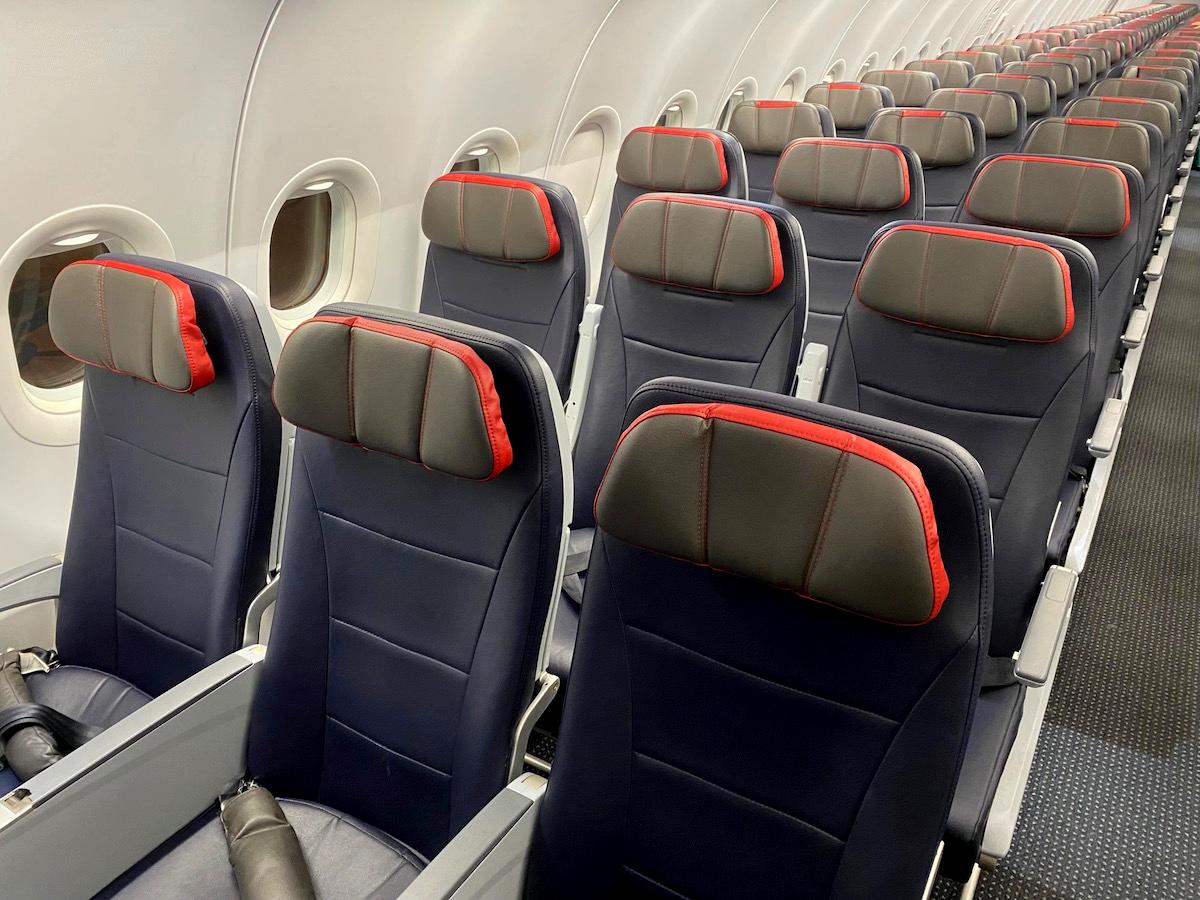








































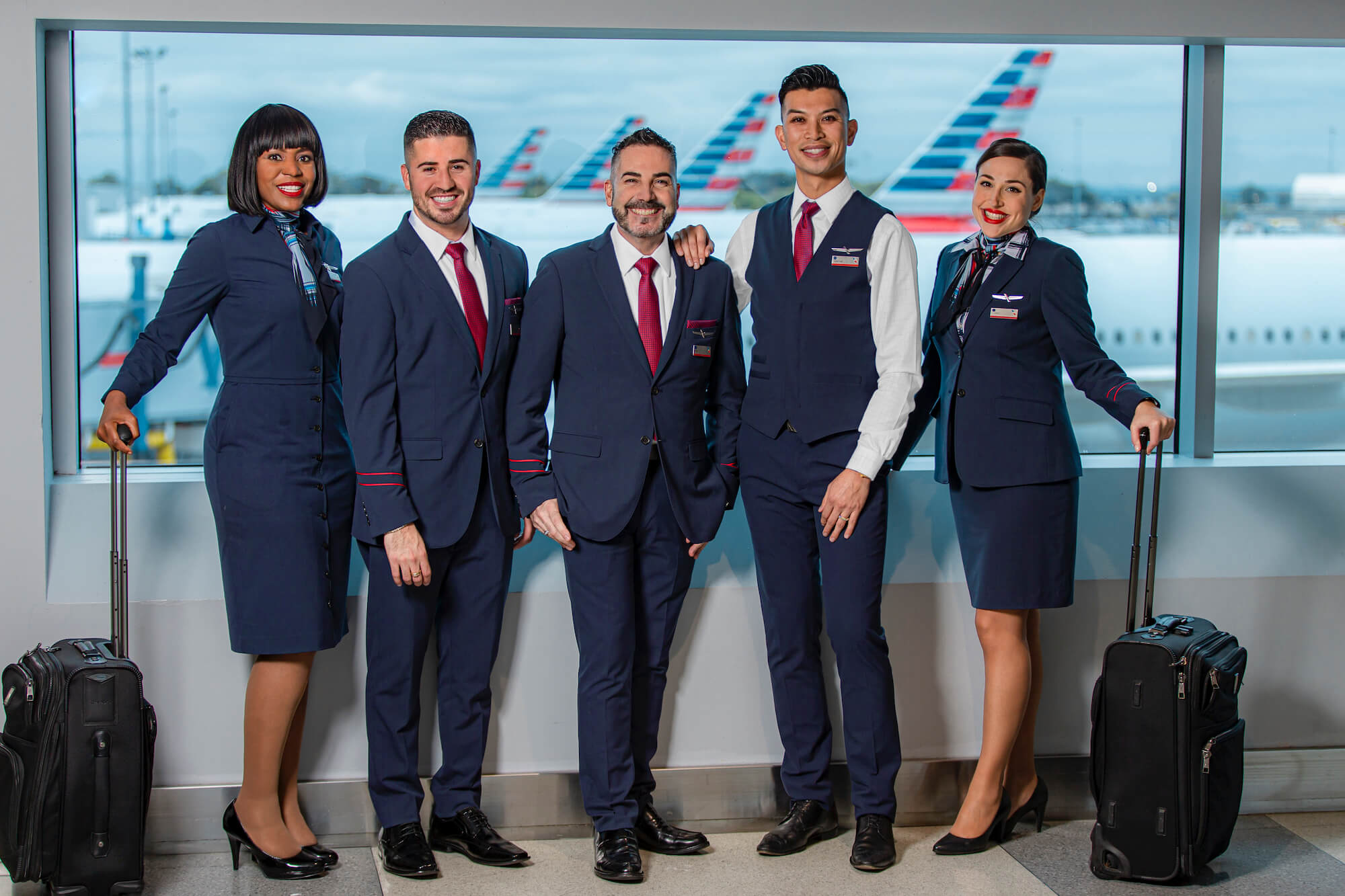









































































.jpg?width=1920&height=1920&fit=bounds&quality=80&format=jpg&auto=webp#)































